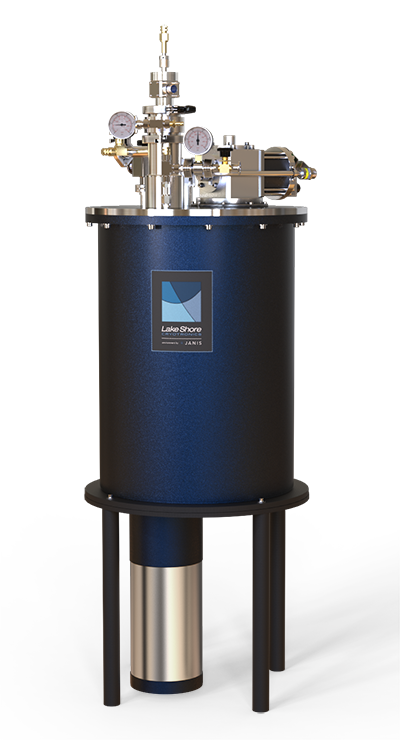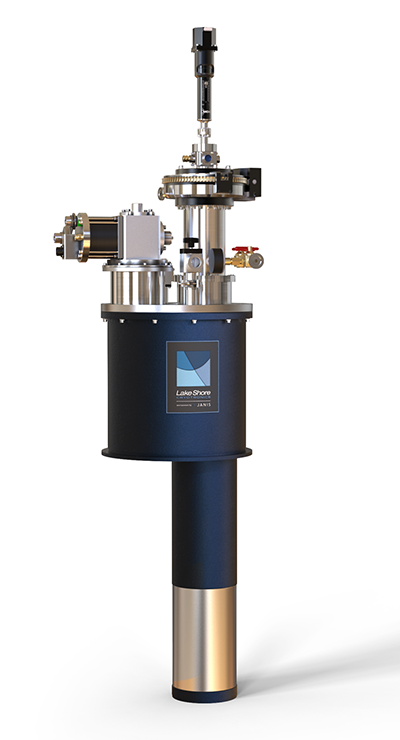Applications | Neutron scattering
Temperature-controlled environments for neutron scattering
Neutron scattering is a very versatile tool for a wide range of disciplines, including physics, chemistry, materials science, and engineering, and cryogenic systems used for neutron scattering typically have various specific and unique application requirements.
We have experience supplying specialized cryogenic systems configured for neutron scattering to user facilities worldwide. Just some of the instruments where our Environment by Janis cryostats can be found include applications for:
- Neutron spin echo
- Triple axis
- High flux backscattering
- Powder diffraction
- Vibrational spectroscopy
- Neutron interferometry
We are happy to work with sample environment teams to alter our designs to meet local dimensional standards or specific experimental requirements.
Lake Shore cryostats for neutron scattering can be configured with any of the following features:
- Sample in vacuum (bottom-loading)
- Sample in static exchange gas (top-loading)
- All top-loading systems include additional protection against pressure buildup in the sample tube caused by ice blockages
- Helium-cooled or cryogen-free
- Thin-walled aluminum in the neutron zone
- Vanadium sample tube
- Balloon-style sample tubes to place the sample tube walls as far away from the sample as possible
- Detachable tails (including cold tails with indium-sealed joints), allowing tail sets to be exchanged for different experimental configurations
- Self-supporting designs that may be mounted on a goniometer
- Modified sample interfaces to fit local standard sample cans
- Sample tube sizes up to 100 mm diameter
Lake Shore supplies both closed-cycle and liquid helium-cooled systems for neutron scattering, including 1.5 K continuously operating closed-cycle systems (SHI-950T-LT), 4 K and 10 K closed-cycle refrigerator systems (CCS-900-T and a customized version of our CCS-100), and a customized version of our SVT-400 that has the sample in static exchange gas and thin-walled aluminum or vanadium tails.
A wide temperature range is often of interest for neutron scattering. With an optional helium-3 insert in the 1.5 K continuously operating closed-cycle system, we can offer temperatures as low as 300 mK. Maximum temperatures as high as 800 K are available.
Whatever the experimental need, Lake Shore sales and application engineers can work with your sample environment team to provide a customized solution, beginning with an extensive range of proven designs.
Also, if you are interested in cooling for synchrotron applications, see our ST-400 cryostat optimized for UHV cooling.

SHI-950T-LT for neutron scattering



